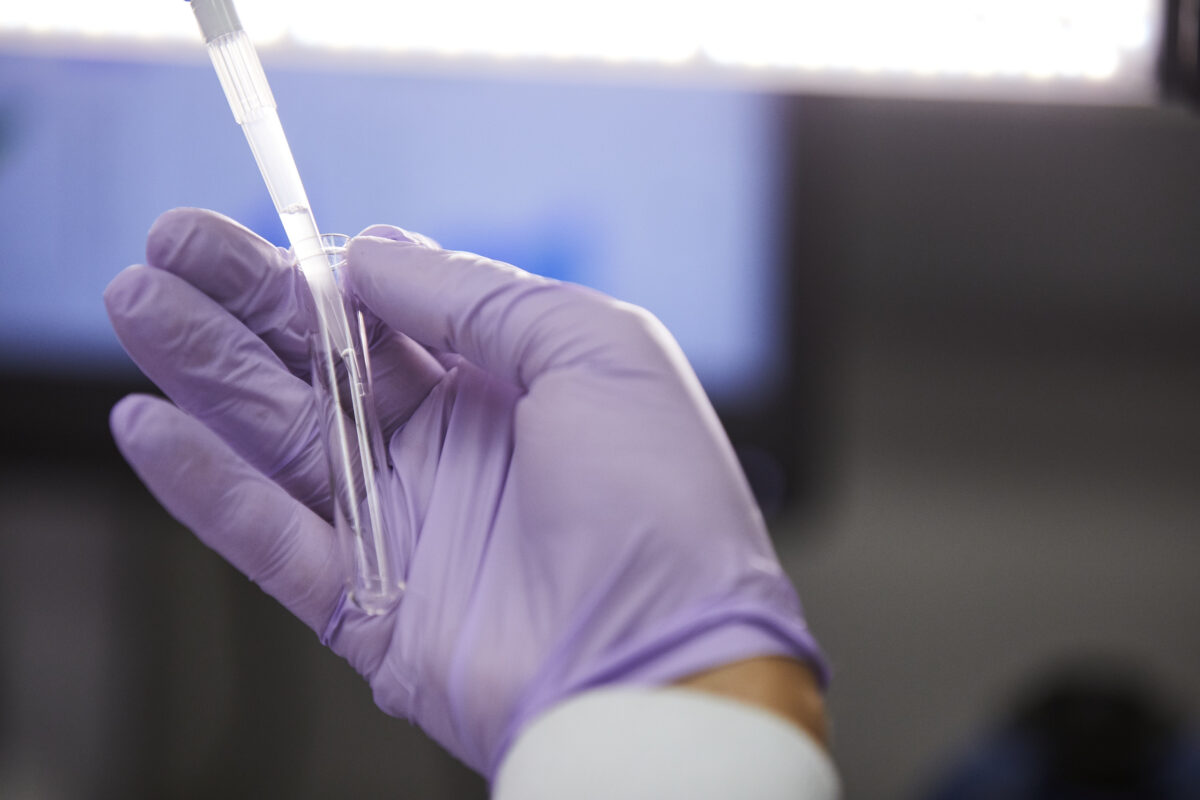Opinion disclaimer: The views and opinions expressed here are those of the authors and do not necessarily reflect the official policy or position of IPI. Any content provided by our guest authors are of their opinion, and are not intended to malign any religion, ethic group, club, organization, company, individual or anyone or anything.
As an animal lover, I have always paid attention to the methods that scientists have used to conduct discovery research. As one of those scientists, I have, in fact, performed some of those methods. For example, my first position after college involved knocking out genes in mice to study skeletal development. I understood the need for these animal-based experiments; the genes, shared by mice and humans, could cause significant effects, even disease when mutated. Understanding that was the beginning of developing new therapies.
While I saw the benefits of this research, still I could never quite come to terms with what we were doing. My discomfort was amplified by the fact that the antibodies we were using were not specific and often not effective, leading to what I viewed as undue suffering for the animals. This realization, in part, led me to leave this laboratory and search for another with a more progressive research approach. That is how I found the Institute for Protein Innovation (IPI).
IPI uses an innovative platform based on yeast, which are single-celled organisms, to create antibodies that ultimately probe the function of proteins in cells. There is some genetic/protein engineering involved: we insert the antibody sequences harbored by the yeast into mammalian genes that code for human and mouse antibodies. The final products are expressed by human (HEK) and hamster (CHO) cells, rendering them the biological equivalent of an antibody produced by a rodent or rabbit.
The sum of this whole process made headlines recently when IPI appeared in a Nature article. It described not only individual researchers but an entire antibody field moving away from using animals to create antibodies as research tools. The movement reflects a larger call by the European Commission for researchers to implement any and all methods that eliminate the use of animals in antibody production. The Commission estimates that nearly one million animals per year are used for antibody development in the EU alone and that the transition from animal-derived to non-animal-derived affinity reagents (mainly antibodies) has been “slow.”
One has to consider the pain and discomfort for the animals, which is nothing new. But there is a growing recognition that the majority of the resulting antibody products are poor quality and ineffective and in fact, the basis of a reproducibility crisis, involving scientists having trouble repeating up to half of published studies using antibodies.
Specifically, polyclonal antibodies are produced by immunizing whole animals, such as rabbits, goats, even llamas, and then extracting and purifying their serum. They are ultimately a mix of antibodies that are not specific to a single protein target. Alternately, monoclonal antibodies are produced by fusing cells from an immunized animal with myeloma, or cancer, cells and expressing the antibodies from those cells so-called hybridoma cells. This approach still necessitates the use of an animal upfront and suffers many other technical challenges.
It is not realistic to predict that scientific testing and discovery will phase out all animals in research. Certainly, not in my lifetime. And I do not advocate eliminating all animal-based experiments. However, technology is advancing at incredible speeds: the unprecedented pace of COVID-19 antibody and vaccine manufacture and testing evidence the power of today’s biomedical research. With such knowledge and capabilities, the scientific community can create newer platforms that will enable the tapering use of animals in the lab. I am happy my contributions to science are both valuable and animal-friendly.
Writer: Anastasia Kozlova
Resources:


